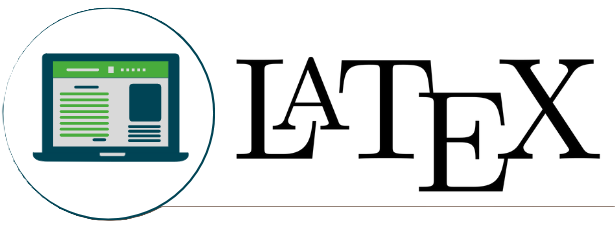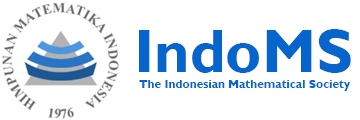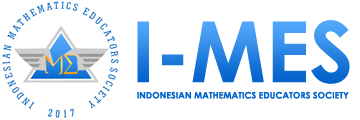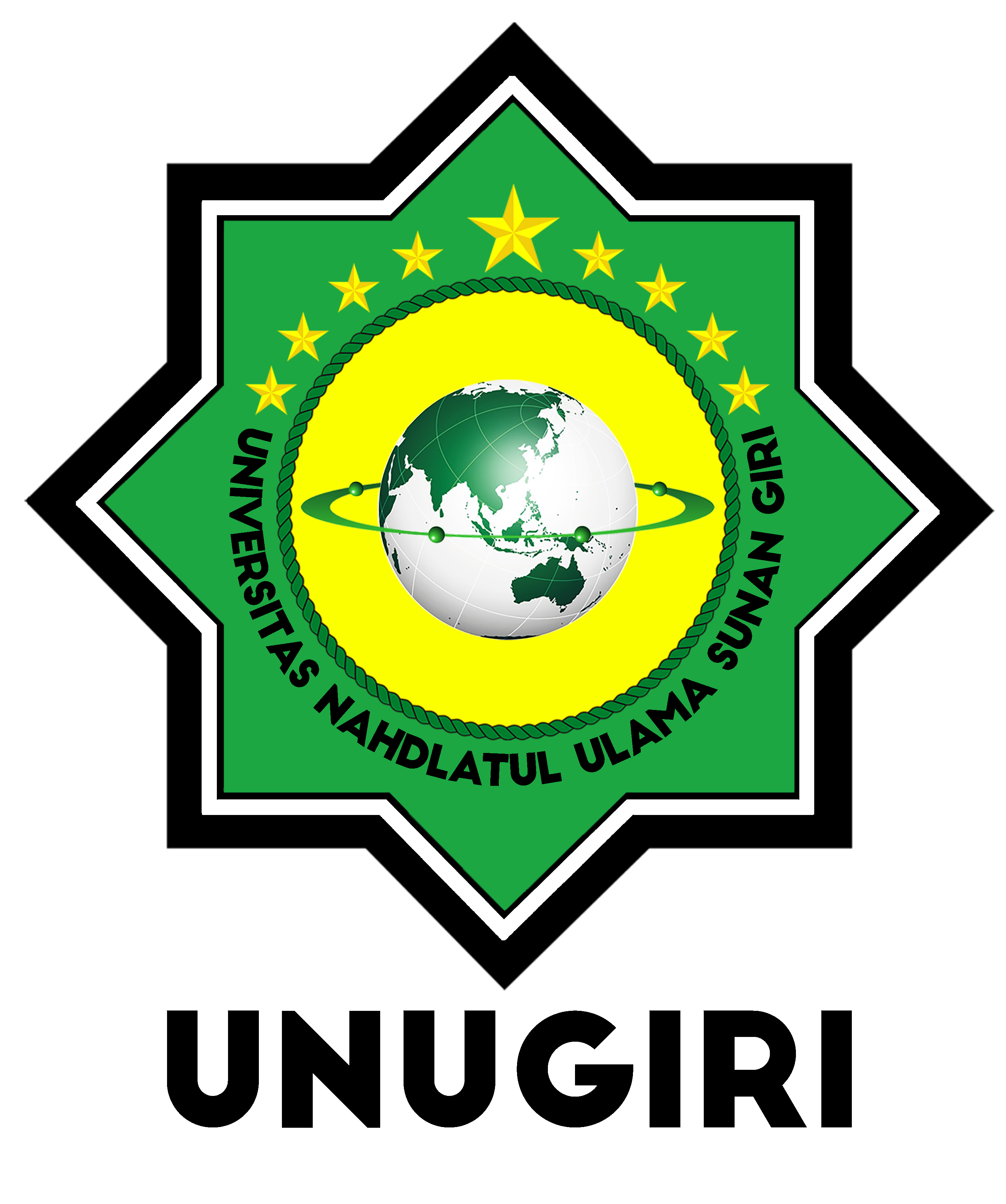Kemampuan Mengatasi Masalah Matematis dan Meningkatkan Keyakinan Diri sengan Model Pembelajaran Blended Berbasis Sevima Edlink
 PDF Download: 101
PDF Download: 101
DOI:
https://doi.org/10.32665/james.v8i1.3210Keywords:
Sevima Edlink, Blended Learning, Self-esteem, Mathematical Problem-solving SkillsAbstract
Mathematical problem solving skills make it difficult for students to solve problem solving problems. Low self-confidence is one of the factors that cause students to fail in math. This is because students are not used to solving different mathematical problems because the teaching models used are not varied. The purpose of this study is to find out whether students have the ability to solve mathematical problems and improve their self-confidence as a result of Edlink's Sevima-based blended learning approach. This quasy study used a non-equivalent post-test only control group design. all VIII grade students at MTs N 03 OKU Selatan. The cluster random sampling method was used to take the sample. Mathematical problem solving ability test and student confidence questionnaire were used in this study. The normality test yields the sig. value = 0.899 > 0.05 and sig. value = 0.962 > 0.05 if the students' self-esteem data are normally distributed. For the homogeneity test, the sig. 0.05 is 0.583 with data from both classes is homogeneous. In the multicollinearity test, the Tolerance value of 0.912 is greater than 0.1 and the VIF value of 1.097 is less than 10, with the research data having no multicollinear correlation. The results of the study, conducted with Manova Test, showed that students who received Edlink's Sevima-based blended learning had better math problem-solving skills and improved confidence than students who received direct instruction.
References
Ayu Pratiwi, E., Rusdi, A., & Dumeva Putri, A. (2017). Pengaruh Penggunaan Model Pembelajaran Mastery Learning (Belajar Tuntas) terhadap Kemampuan Pemecahan Masalah Matematika Siswa Kelas X SMA ‘Aisyiyah 1 Palembang. Mosharafa: Jurnal Pendidikan Matematika, 6, 81–92. https://doi.org/10.31980/mosharafa.v6i1.431
Davita, P. W. C., & Pujiastuti, H. (2020). Anallisis kemampuan pemecahan masalah matematika ditinjau dari gender. Kreano, Jurnal Matematika Kreatif-Inovatif, 11(1), 110–117.
Hidayat, W., & Sariningsih, R. (2018). Kemampuan pemecahan masalah matematis dan adversity quotient siswa SMP melalui pembelajaran open ended. JNPM (Jurnal Nasional Pendidikan Matematika), 2(1), 109–118.
Jehabun, S., Gunur, B., & Kurniawan, Y. (2020). Emotional intelligence and mathematics learning interest in students’ mathematical reasoning ability. Math Didactic: Jurnal Pendidikan Matematika, 6, 25–38. https://doi.org/10.33654/math.v6i1.801
Kurniawati, V., & Rizkianto, I. (2018). Pengembangan Perangkat Pembelajaran Matematika Berbasis Guided Inquiry dan Learning Trajectory Berorientasi pada Kemampuan Pemecahan Masalah. Mosharafa: Jurnal Pendidikan Matematika, 7(3), 369–380.
Lestari, K. E., & Yudhanegara, M. R. (2019). Penelitian pendidikan matematika.
Muksin, M., Siswono, T. Y. E., & Ekawati, R. (2020). Pengaruh model pembelajaran pair cheks berbasis tugas pengajuan masalah terhadap kemampuan pemecahan masalah matematis siswa. Jurnal Didaktik Matematika, 7(2), 188–199.
Mulyati, T. (2016). Kemampuan pemecahan masalah matematis siswa sekolah dasar. EduHumaniora| Jurnal Pendidikan Dasar Kampus Cibiru, 3(2).
Nadhifah, G., & Afriansyah, E. A. (2016). Peningkatan Kemampuan Pemecahan Masalah Matematis Siswa dengan Menerapkan Model Pembelajaran Problem Based Learning dan Inquiry. Mosharafa: Jurnal Pendidikan Matematika, 5, 33–44. https://doi.org/10.31980/mosharafa.v5i1.343
Rista, L., Eviyanti, C. Y., & Andriani, A. (2020). Peningkatan Kemampuan Pemecahan Masalah Dan Self Esteem Siswa Melalui Pembelajaran Humanistik Berbasis Pendidikan Matematika Realistik. Jurnal Cendekia, 4(2), 1153–1163.
Ristiani, A., & Maryati, I. (2022). Kemampuan representasi matematis dan self-esteem siswa pada materi statistika. Jurnal Inovasi Pembelajaran Matematika: PowerMathEdu, 1, 37–46. https://doi.org/10.31980/pme.v1i1.1364
Sulaiman, H., Shabrina, F., & Sumarni, S. (2021). Tingkat Self Esteem Siswa Kelas XII pada Pembelajaran Matematika Daring. Mosharafa: Jurnal Pendidikan Matematika, 10, 189–200. https://doi.org/10.31980/mosharafa.v10i2.652
Surya, E., Putri, F. A., & Mukhtar. (2017). Improving Mathematical Problem-Solving Ability and Self-Confidence of High School Students through Contextual Learning Model. Journal on Mathematics Education.
Suryani, M., Jufri, L. H., & Putri, T. A. (2020). Analisis Kemampuan Pemecahan Masalah Siswa Berdasarkan Kemampuan Awal Matematika. Mosharafa: Jurnal Pendidikan Matematika, 9, 119–130. https://doi.org/10.31980/mosharafa.v9i1.597
Downloads
Published
Issue
Section
Categories
License
Copyright (c) 2025 Journal of Mathematics Education and Science

This work is licensed under a Creative Commons Attribution-NonCommercial-ShareAlike 4.0 International License.
Authors who publish with this journal agree to the following terms:
- Authors retain copyright and grant the journal right of first publication with the work simultaneously licensed under a Creative Commons Attribution License that allows others to share the work with an acknowledgment of the work's authorship and initial publication in this journal.
- Authors are able to enter into separate, additional contractual arrangements for the non-exclusive distribution of the journal's published version of the work (e.g., post it to an institutional repository or publish it in a book), with an acknowledgment of its initial publication in this journal.
- Authors are permitted and encouraged to post their work online (e.g., in institutional repositories or on their website) before and during the submission process, as it can lead to productive exchanges, as well as earlier and greater citation of published work
 PDF Download: 101
PDF Download: 101















